20 Apr Save A Tree, Use Better Building Techniques
By: Rachel De Las Casas, SK Collaborative
At the turn of the 20th century, the New College at University of Oxford found themselves with a problem. A curious had entomologist inspected the massive wood beams that run across the dining hall and deemed them to be infested with beetles. Now, a pest problem in any other structure might be a simple, if expensive, inconvenience. You tear it out, treat the infestation, replace the wooden beams, and you’re done.
In this case, however, many of the beams were as large as two feet square, and forty-five feet long. They had been procured when the college was founded in 1379 from some old oaks harvested nearby. These beams were now more than 500 years old, and the college was concerned wood from oak trees that large would be hard to come by.
So, the college reached out to their forester.
To their great surprise, the forester informed them that an oak grove had been planted on that same campus with the intention that it would one day be used for replacement because oak beams always attract beetles.
“No way!” you might say, “This story sounds pretty far fetched.” and you may be right. Certain sources label the story as a myth and others as fact. Regardless of the truth, there is a great lesson to be learned here about what it means to build a sustainable building. The wood was sourced locally, and the trees used were replaced.
Today, things can be a little bit more complicated. We do not build using wood located only a few yards away from our project. Often, the wood is shipped transnationally, with the lowest bidder as the winner. Architects don’t necessarily consider what materials would be most sustainable for the project either, usually prioritizing aesthetics or budget considerations.
Getting to the Root of The Problem
For us in the construction industry this has created an issue. Residential and commercial buildings produce about 40% of greenhouse gas emissions each year and looking for ways to shrink this number has become a priority for many.
This has drawn a lot of attention to how wood is sourced, which wood is used, and how much is incorporated into every building. Wood is a naturally renewable resource that sequesters carbon since trees remove carbon out of the atmosphere during their growth process. On the other hand, the production of concrete and steel is more energy intensive and heavily reliant on fossil fuels. Concrete also can’t be salvaged after use, although reclaiming and recycling steel has become an popular alternative to extending its lifecycle and using recycled steel can even gain you points in certain green building programs, such as LEED.
Now, to make it clear, not all wood is equal and there are some design aspects it can’t replace. However, by starting early with your designs and planning to smartly source your wood you can make a drastic difference in the amount of embodied carbon in your building.
Stumped on Better Practices?
Here are Ways to Branch off From the Norm
If you’re a builder or designer of a home, reviewing your plans early and incorporating climate-smart solutions into your wood use and sourcing is the best way to decrease the amount of carbon your building embodies, and reduce how much its production emits.
Some good questions to ask “wood” be:
-
-
- What type of wood do I need?
- Is the type of wood grown locally? If not, can I make a switch to a locally sourced option?
- Can I substitute any higher-emitting materials with wood?
- Am I using advanced framing techniques?
- Do I plan to have a central cutting area?
-
Using advanced framing techniques is a great strategy for cutting down on unnecessary wood use altogether. It also makes your building more energy efficient by increasing the opportunities for higher insulation R-values. It’s more cost-effective than traditional framing, while avoiding compromising the integrity and durability of your structure.
Setting up and using a central cutting area is an easy and intuitive way to save wood. Having an area where off-cuts are located and stored is a great way to find pre-existing pieces that can be repurposed. This is a great alternative when dealing with any wood assemblies that are not pre-fabricated.
Don’t Bark up the Wrong Tree
As we mentioned earlier, not all wood is made equal. This can be tricky because any piece of lumber looks about the same. However, learning about climate-smart wood helps you get what you’re actually searching for.
Here are some examples of what climate-smart wood looks like:
Recycled, Reclaimed, or Reused Wood:
When finding a vendor with recycled, reclaimed, or reused wood to use for your project, you’re saving a tree from being cut down and materials from entering the landfill. Wood also releases carbon during decomposition, so extending the life of used wood allows for continued carbon sequestration.
Several organizations are working to improve the “circularity” of wood used in construction. Building demolition creates up to 37 million tons of wood waste every year, and finding new ways to improve the process of reclaiming wood can help divert much of this from the landfill. Some are even turning to artificial intelligence to do so!
Although they aren’t using AI (yet), a source we have here in Atlanta is the Lifecycle Building Center, a nonprofit that focuses on directing building materials out of the landfill and back into reuse for the community.
Wood from climate-smart forestry operations:
Look for environmental product declarations (EPDs) of certain wood products to verify environmental claims.
The Sustainable Forestry Initiative (SFI) and Forest Stewardship Council (FSC) are standards to look for when in search of sustainable forestry operations. Both require reforestation after harvest, protect areas of high diversity (such as old growth forests and endangered species), and mandate best management practices for water quality. The SFI’s forest management standards only apply to the U.S and Canada, so if you are building abroad, you may want to look for FSC’s signature tree check logo. If you’d like to learn more about the differences between the two certification programs, this comparison chart can help. However, the use of materials certified by either standard can help you gain points towards most green building certifications.
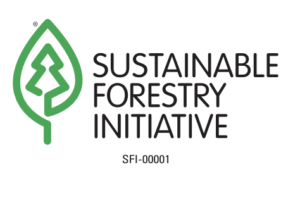

Local Wood
Finding local vendors cuts down on the amount of carbon emissions from transportation. It also economically and environmentally benefits your area when proper forestry and conservation practices are encouraged.
Pursuing a Green Building Certification?
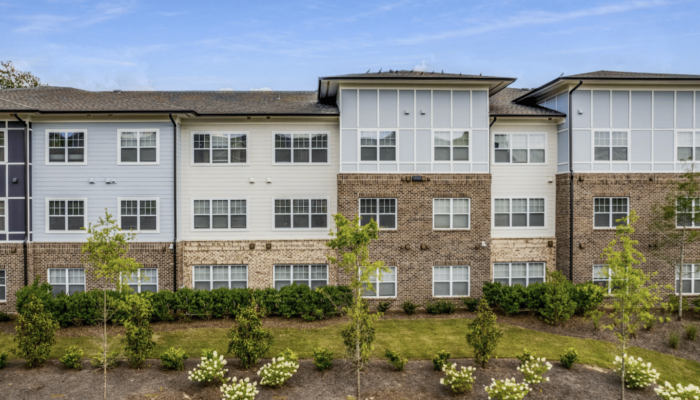
If you’re pursuing a green building certification for your development or single-family home, implementing many of these techniques can help you work towards points that will help you attain certification.
For example, material-efficient framing is encouraged in LEED BD+C: Homes, and can gain you up to 2 points. Similarly, Earthcraft and NGBS Green also offer point items for the advanced framing techniques we discussed earlier. And remember central cutting areas? Those can gain you up to 3 points for Earthcraft as well!
Earthcraft and NGBS Green both incentivize panelized construction, or pre-cut framing for floors, roofs, and exterior walls. Assembling these off-site cuts down on wood waste and allows for better reuse of off-cuts that are not directly used in production.
Conclusion
Now, we may not be able to plant an entire oak grove on the site of our building for future renovations a few centuries from now. However, there are still plenty of ways we can design and build homes that conserve the amount of materials we use and reduce our carbon footprint. Some of these solutions are simple, and some may require you to change up your architectural plans. By consciously working towards sustainable construction practices we can make buildings better, together.


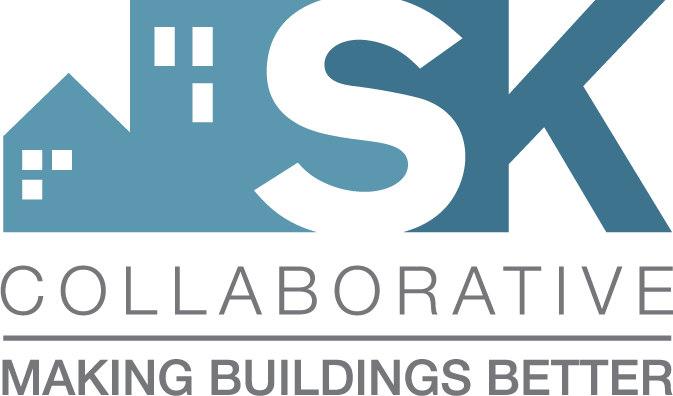
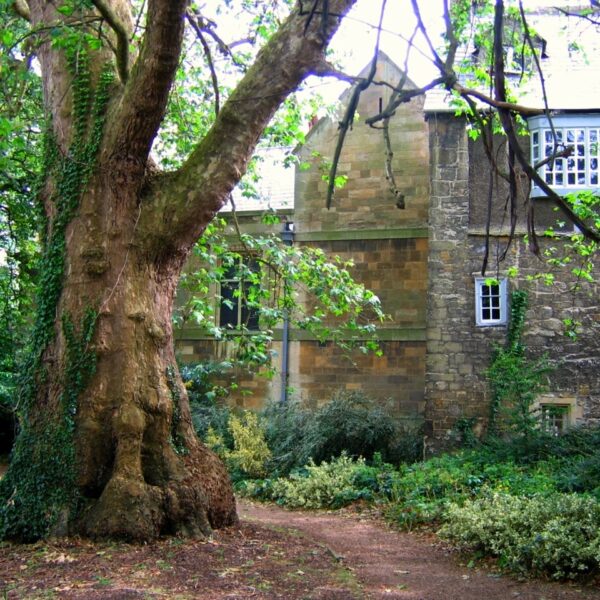
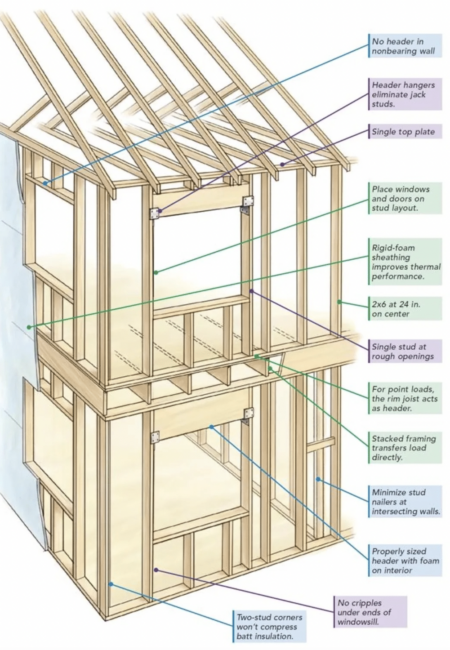
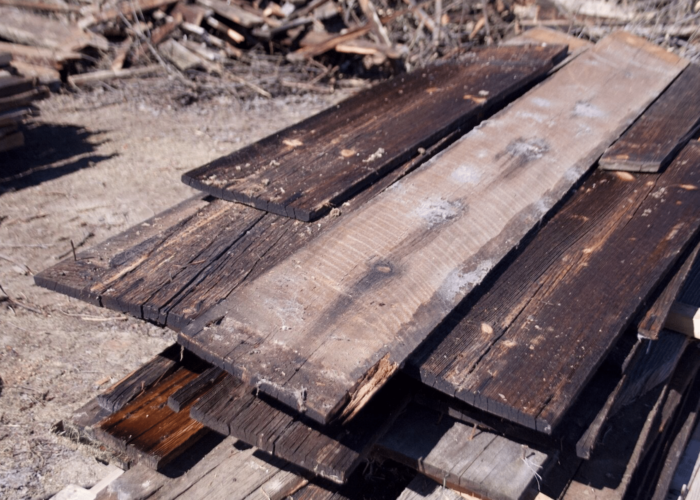
No Comments